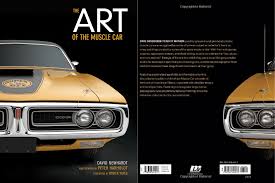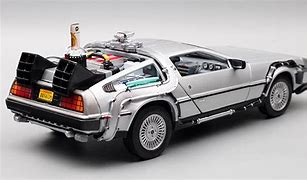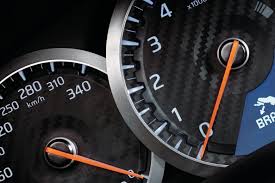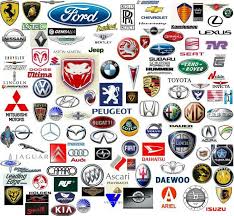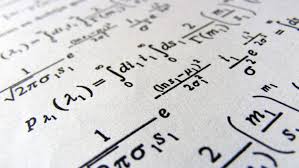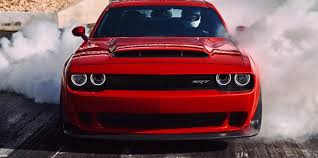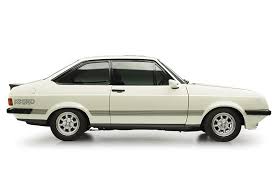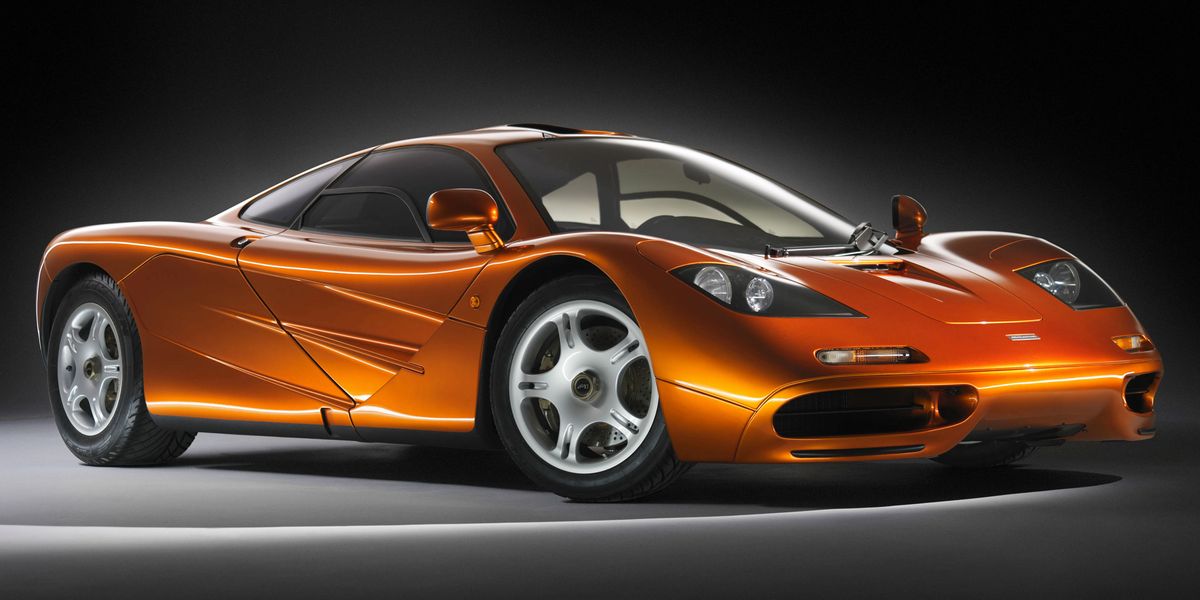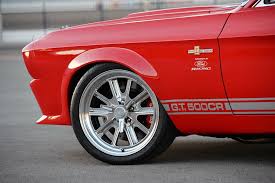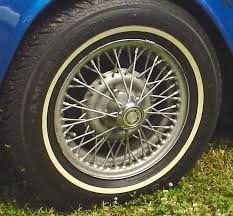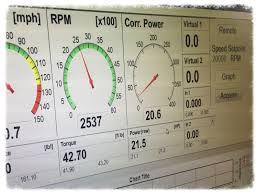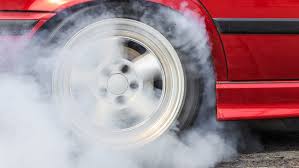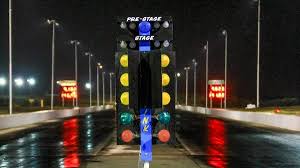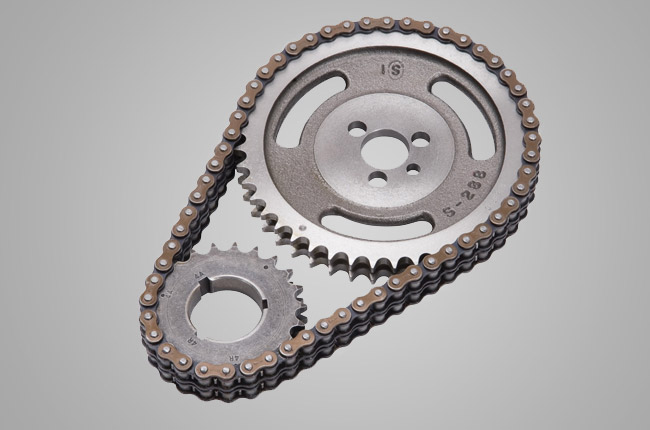
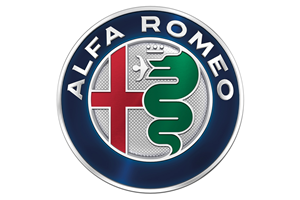

This edition of the Alfa-Romeo Giulia 2.2 16v Turbo Diesel is the 8 speed / Auto version and was first brought out in 2020. This was at around the same time as the introduction of the 2021 McMurtry Speirling Goodwood and the 2021 Rimac Nevera 1888bhp Electric AWD.This particular Alfa-Romeo Giulia has a 2143cc Turbo Diesel powerplant with 4 cylinders in a St formation.
The Giulia shares its Diesel St4 engine configuration with the likes of the 2014 BMW 6 Series 640d XDrive and the 2014 BMW 6 Series 640d. If you're looking for other fast cars which share the Giulia's Rear Wheel Drive, Saloon combination then how about the 1982 Fiat X1/9 1.5 8V or the 1965 Aston-Martin DB6 1965.
Weighing in at 1540 kgs (3395 lbs) this makes the Alfa-Romeo Giulia 2.2 16v Turbo Diesel in the same weight category as the 2023 Chevrolet Corvette Z06 5.5 V8 C8 or the give or take 50kg.
![Abarth 695 70th Anniversario 1.4 Turbo - [2020] image Abarth 695 70th Anniversario 1.4 Turbo - [2020] image](/editionimages/2071.jpg)
The Alfa-Romeo Giulia shares the same bhp with the 2020 Abarth 695 70th Anniversario 1.4 Turbo (177 bhp)
In terms of power the 2143cc 16V St4 engine produces 187 bhp (139 kW) @ 3750 rpm similar to the 2020 Abarth 695 70th Anniversario 1.4 Turbo (177 bhp) or the 2020 Audi A1 Sportback 40 TFSI S tronic S line (197 bhp).
The Turbo St4 throws out 332 lb-ft (450.1 Nm) @ 1750 rpm placing it with cars of similar torque performance figures such as the 2023 Porsche Boxster Spyder RS 4.0 982 (332 lb-ft) or the 2023 Porsche Cayenne E-Hybrid 3.0 V6 Turbo (310 lb-ft).
If one combines the weight with power or torque performance for the Alfa-Romeo Giulia you can get a better idea of it's real world performance.
![Chevrolet Camaro IROC-Z 5.7 V8 - [1987] image Chevrolet Camaro IROC-Z 5.7 V8 - [1987] image](/editionimages/1083.jpg)
The 1987 Chevrolet Camaro IROC-Z 5.7 V8 (146.2 bhp per ton) has similar Bhp Per Ton stats as the Alfa-Romeo Giulia.
The Alfa-Romeo Giulia has a Power to weight ratio of 121.4 bhp per ton and 215.5 lb-ft per ton. Bhp Per Ton figures of the 2020 Giulia competing with the 1987 Chevrolet Camaro IROC-Z 5.7 V8 (146.2 bhp per ton) or the 2000 Audi A4 3.0 V6 Quattro (146.1 bhp per ton).
If you agree with the late great Carroll Shelby then arguably an even better indicator of potential performance, Torque. Use weight as well and you end up with - Torque per ton, with the Alfa-Romeo Giulia generating around 215.5 lb-ft per ton. If you're curious as to what other cars have as much torque to weight then look no further than the 1996 Caterham 7 Superlight (240.5 lb-ft per ton) or the 1992 Ferrari 456 GT 5.5 V12 (240.2 lb-ft per ton).
With a 0-60mph time of 7.00 secs or a 0-100km/h (0-62mph) of 7.2 secs, this made the Alfa-Romeo Giulia 2.2 16v Turbo Diesel as fast as the 2015 Mazda MX5 2.0i Roadster Coupe (7.00 secs) the 2013 Seat Leon SC 1.8 FR Start-Stop DSG (7.00 secs) the 2012 Volkswagen-VW Golf GTi Cabriolet DSG (7.00 secs) the or the 2009 Seat Ibiza Cupra 1.4 Turbo (7.00 secs). This Alfa-Romeo Giulia 2.2 16v Turbo Diesel is also faster than the 2018 Abarth 595 Turismo 1.4 Turbo (7.10 secs) the 2013 Land-Rover Range Rover Sport 3.0 SDV6 (7.10 secs) the 2012 Lexus ES 350 (7.10 secs) the and the 2011 Alfa-Romeo Mito 170 Quadrifoglio Verde (7.10 secs).
When talking about the performance of the Alfa-Romeo Giulia on the drag strip it can reach a quarter mile in an estimated 16.69 secs @ 81.9 mph. Similar performance down the quarter mile can be found with the the 2006 Renault Clio 2.0 16V 197bhp (16.62 secs), the 1984 Maserati 425 2.5L V6 BiTurbo Saloon (16.62 secs), and the 2011 BMW Z4 sDrive28i E89 (16.62 secs).
Modern performance cars are often artificially restricted to 155mph. The 2020 version of the Alfa-Romeo Giulia 2.2 16v Turbo Diesel has a maximum speed of 143mph.
If maxing out your car on the AutoBahn is your thing and you're wondering what's faster than the 2020 Alfa-Romeo Giulia 2.2 16v Turbo Diesel then how about the 2023 Porsche Cayenne Coupe 3.0 V6 Turbo (154 mph), the 2023 Porsche Cayenne 3.0 V6 Turbo (154 mph), or the 2019 Peugeot 508 PureTech 225 GT S and S (154 mph).







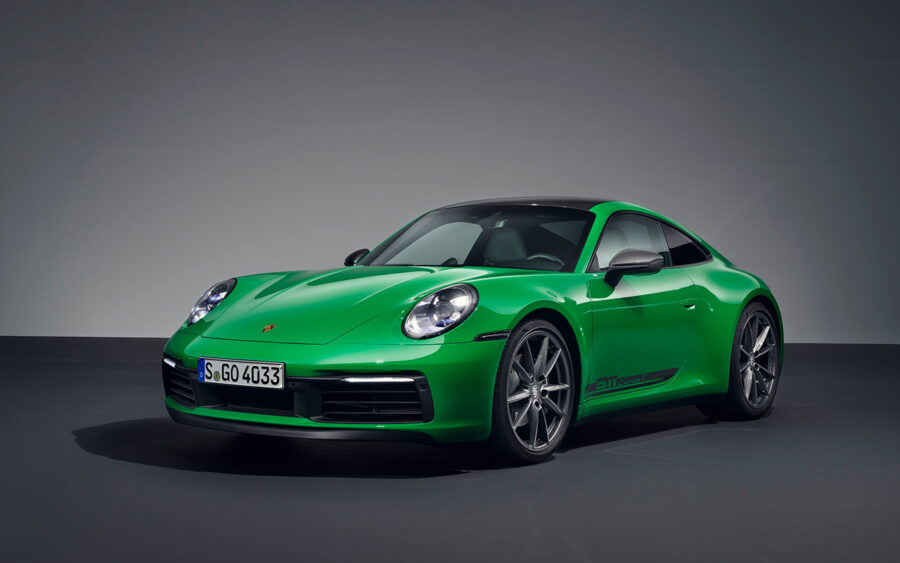
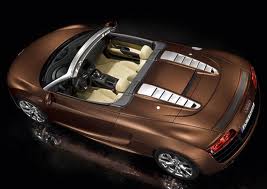

Seat Leon SC 1.8 FR Start-Stop DSG
Engine: Turbo Petrol | 1798cc 16v St4
Top Speed: 139 mph
0-60mph: 7.00 seconds
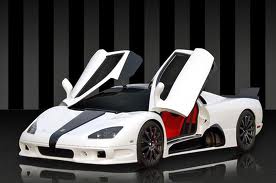
SSC Aero SC 8T 6.3L
Engine: Supercharged Petrol | 6257cc 16v V8
Top Speed: 400.7 kph
0-100kph: 3.0 seconds
